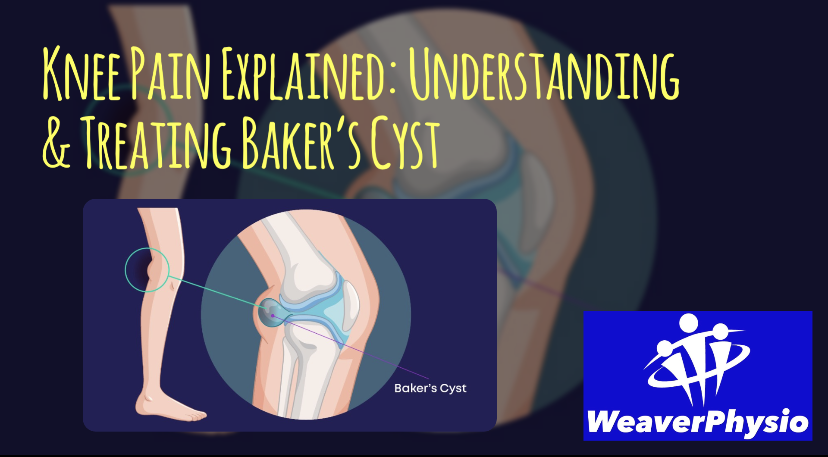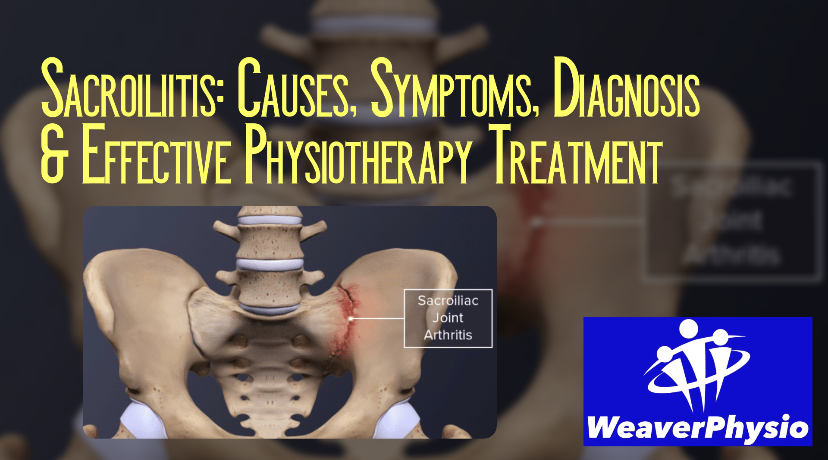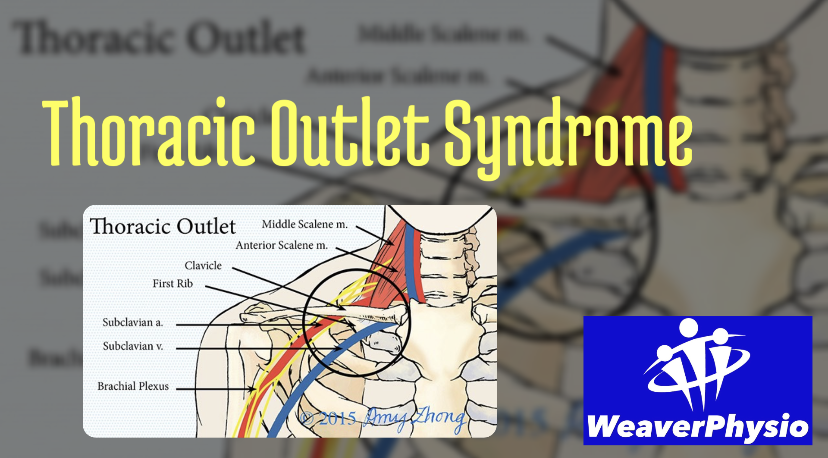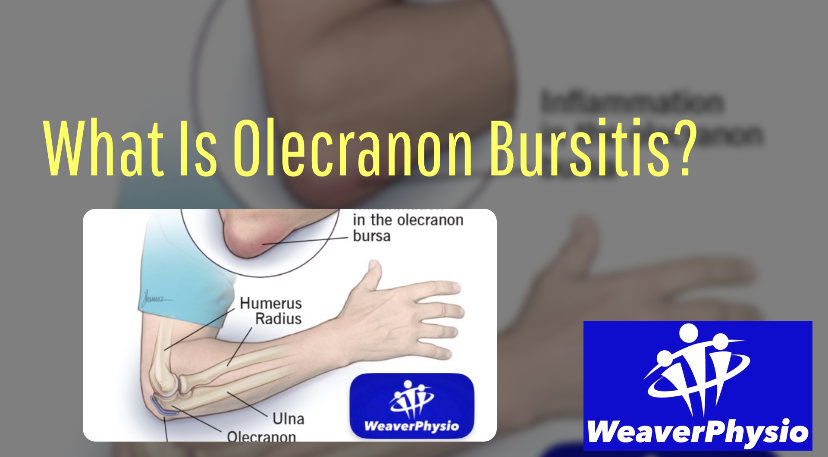The Importance of a Stable Pelvis
And Why You Shouldn’t Load Dysfunction

Weaver Physiotherapy & Sports Injury Clinic – Expert Physiotherapy in Northwich & Cheshire
Whether you’re an athlete, gym-goer, or simply someone who wants to move pain-free, the foundation of efficient movement starts with one key area: the pelvis.
A stable, central pelvis is vital for nearly every movement you perform—walking, running, lifting, squatting, or even sitting. It plays a pivotal role in transferring forces between the upper and lower body, maintaining spinal alignment, and protecting joints and soft tissue from overload.
At Weaver Physio, we regularly treat individuals who unknowingly train on dysfunctional pelvic mechanics. The result? Persistent pain, compensatory movement patterns, and frustrating plateaus in progress. This blog explores why pelvic stability matters, how dysfunction develops, and why it’s essential to address imbalances before loading the body with exercise or weights.
Why Pelvic Stability Matters
The pelvis is a ring of bones that connects the spine to the legs. It serves as a central hub for muscular, skeletal, and neural systems, supporting:
• Core stability
• Efficient load transfer
• Balance and posture
• Hip and spine alignment
• Force absorption and power generation
A well-aligned and stable pelvis allows your body to move symmetrically, reducing the risk of overuse injuries and enhancing physical performance. When it’s not functioning properly, the knock-on effects can be felt upwards (lower back, mid-back) and downwards (hips, knees, ankles).
Signs of Pelvic Instability or Dysfunction
Pelvic dysfunction often goes undetected until it causes pain or poor performance. Some common signs include:
• Chronic or recurring lower back pain
• Unexplained hip, groin, or knee issues
• One-sided tightness or weakness
• Poor balance or coordination
• Trouble with core activation
• Pelvic tilts or asymmetries in standing or walking
• Difficulty with squats, lunges, or running technique
If you notice uneven movement patterns or discomfort during exercise, it’s a red flag your pelvis may not be functioning optimally.
Common Causes of Pelvic Dysfunction
Many factors can contribute to a dysfunctional pelvic system:
1. Muscle Imbalances
Tight hip flexors, weak glutes, or underactive deep core muscles can throw pelvic alignment off balance.
2. Poor Posture & Prolonged Sitting
Sedentary lifestyles cause the pelvis to tilt forward (anterior pelvic tilt), reducing the spine’s natural curve and altering movement efficiency.
3. Injury or Trauma
Falls, childbirth, surgery, or past injuries can alter how muscles and joints behave around the pelvis.
4. Compensatory Movement Patterns
Over time, your body learns to ‘work around’ pain or restriction, reinforcing poor motor control.
5. Lack of Core Control
The deep abdominal muscles (especially the transversus abdominis) and pelvic floor work together to support the pelvis—when underactive, the pelvis becomes unstable.
Don’t Load a Dysfunction
One of the most common mistakes we see at Weaver Physio is individuals exercising on top of pelvic dysfunction—especially in the gym or during sport-specific training.
Adding weight to dysfunctional movement does not make it stronger—it reinforces poor mechanics. Over time, this leads to:
• Repetitive strain injuries
• Increased risk of disc issues, SI joint dysfunction, or sciatica
• Worsened asymmetries and compensations
• Reduced force output and performance
• Difficulty progressing despite training hard
Form before force is essential. You cannot build a strong, resilient body on a weak foundation.
Building a Strong Pelvic Foundation – What Weaver Physio Recommends
1. Assessment First
At Weaver Physio in Northwich, we begin with a thorough musculoskeletal and movement assessment. This identifies pelvic alignment, muscle imbalances, and dysfunctional patterns before creating a personalised treatment plan.
2. Activate the Deep Core
We teach targeted activation of the deep abdominal muscles, diaphragm, pelvic floor, and multifidus to restore intrinsic stability. These muscles act like a canister around your spine and pelvis.
3. Re-educate Movement Patterns
Retraining how you move—especially with squats, lunges, and walking—is key to long-term success. Small tweaks in technique can transform how your body loads the pelvis.
4. Hands-On Physiotherapy
Manual therapy, mobilisation, and soft tissue release help restore alignment and address stiffness or restrictions affecting pelvic function.
5. Individualised Exercise Prescription
Once stability is established, we gradually reintroduce strength and functional exercises—glute activation, controlled hip mobility drills, core strengthening, and balance retraining.
When to Seek Help
If you’re experiencing any of the following, it’s time to get assessed:
• Pain in the hip, groin, lower back, or pelvis
• Recurring injuries despite rest or rehab
• Trouble activating the core or glutes
• A feeling of being lopsided during movement
• Plateauing in training or lifting
• Postnatal weakness or instability
You don’t need to be in severe pain to benefit from pelvic assessment. Many dysfunctions are silent until pushed by load, speed, or volume in sport.
Why Choose Weaver Physio?
At Weaver Physiotherapy & Sports Injury Clinic, we specialise in pelvis-centred rehabilitation and sports performance. Our team works with recreational exercisers, weekend warriors, and elite athletes across Cheshire to address underlying dysfunction—so you can train smarter, not harder.
✅ Expert physiotherapists with advanced training
✅ Sports rehab, manual therapy, and movement analysis
✅ Tailored treatment plans based on your goals
✅ Honest, evidence-based care
✅ Convenient location in Northwich, serving Knutsford, Winsford, Middlewich & beyond
Final Thoughts: Stability First, Strength Second
Your pelvis is your power centre. If it’s unstable or misaligned, no amount of training will deliver optimal results—and may actually make things worse.
At Weaver Physio, we believe in treating the cause, not just the symptoms. Don’t waste time loading dysfunction. Let’s build a better, more stable you from the inside out.
Book your pelvic assessment today at Weaver Physiotherapy & Sports Injury Clinic.
Move better. Feel stronger. Live pain-free.
📞 Call us or visit http://www.weaverphysio.com to schedule your appointment













